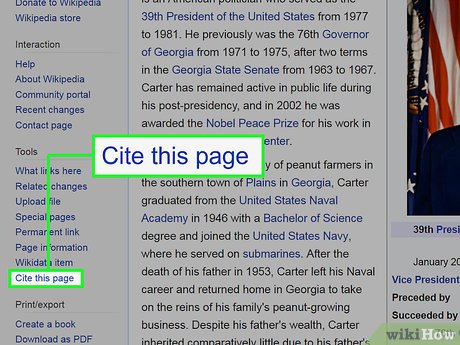Citations are the backbone of Wikipedia’s reliability. Every statement that isn’t common knowledge needs to be backed by a credible source so readers can verify the information. However, even well-intentioned editors often make mistakes that can weaken an article’s credibility or cause content to be flagged. Understanding these pitfalls is essential not only for accuracy but also for maintaining Wikipedia’s community standards and editorial integrity.
Using Unreliable or Questionable Sources
One of the most common missteps is relying on sources that don’t meet Wikipedia’s reliability guidelines. Blogs, self-published books, company press releases, or opinion pieces often fail to qualify as reliable references. Editors sometimes cite these because they appear factual or are the first results in a quick Google search. The rule of thumb is simple: if the source lacks editorial oversight, peer review, or professional reputation, it probably shouldn’t be cited. Instead, editors should favor established newspapers, academic journals, or well-recognized publications that have a proven track record of accuracy.
Over-Citing or Under-Citing Information
Another mistake lies at the extremes—either citing too many sources for one point or too few. Over-citation can clutter an article and make it harder for readers to follow the main idea, while under-citation leaves claims open to challenge. Each fact or direct quote should be supported by at least one reliable source, but editors don’t need to include five references for the same uncontroversial statement. Balance is key: one or two authoritative citations per claim usually suffice.
Misplacing or Misformatting Citations
Proper citation placement is more than an aesthetic concern—it affects the readability and verifiability of the article. A common error is placing a reference at the end of a paragraph when only one sentence actually needs verification. This can confuse readers about which claim the citation supports. Similarly, inconsistent formatting—mixing citation templates, missing publication dates, or incorrect URLs—can make an otherwise well-sourced article look sloppy. Editors should familiarize themselves with Wikipedia’s citation tools, such as “Cite web,” “Cite news,” or “Cite journal,” to maintain consistency.
Citing Primary Sources Without Context
Wikipedia encourages the use of secondary sources because they provide interpretation and context. Editors who rely heavily on primary materials—like government documents, company websites, or firsthand accounts—may unintentionally introduce bias. Primary sources can be valuable when used carefully, but they shouldn’t form the bulk of an article’s references. The goal is to summarize what reliable secondary sources have already concluded, not to analyze raw data or original material.
Ignoring Dead Links and Outdated References
Over time, web pages disappear or move, leading to “dead links.” Leaving these broken citations unattended can hurt an article’s credibility and frustrate readers trying to verify information. Wikipedia offers several tools and bots to help locate archived versions of dead links through services like the Wayback Machine. Editors should periodically check older citations and update or replace them when necessary. Similarly, referencing outdated sources—especially on rapidly changing topics like technology or medicine—can mislead readers even if the citation is formatted correctly.
Forgetting Neutrality When Choosing Sources
Even when citations are reliable, bias can creep in through selective sourcing. Some editors unintentionally cite only materials that support one perspective, ignoring credible counterpoints. Wikipedia’s neutral point of view policy means presenting all significant viewpoints fairly and without editorial bias. This doesn’t mean giving fringe theories equal weight, but it does require acknowledging when multiple well-sourced perspectives exist. A balanced reference list signals that the article was written with integrity and thoroughness.
Good Citations Build Great Articles
Having reliable sources for Wikipedia is more than just adding information—it’s about building trust with readers. Every citation acts as a bridge between an editor’s words and verifiable truth. By avoiding unreliable sources, maintaining balanced citations, and keeping references up to date, editors strengthen the foundation of the world’s largest open encyclopedia. It takes a bit of extra care to check formatting, verify reliability, and preserve neutrality, but these efforts ensure that Wikipedia remains a credible, collaborative source of knowledge for millions of readers worldwide.

